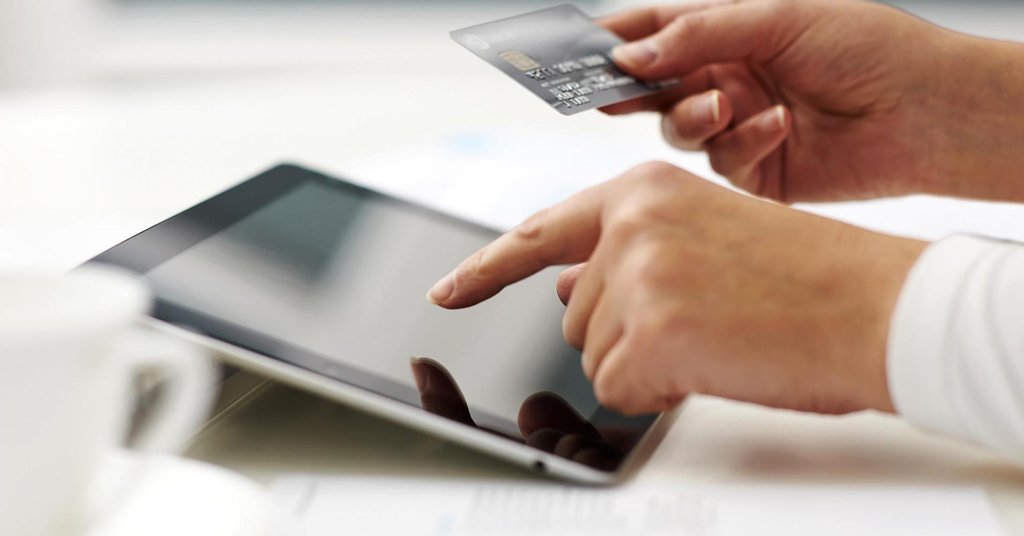Mobile shopping has become the new normal for consumers, due to the rise in connected devices and the ability to search for, select and purchase a wealth of products online, with just a few clicks on a smartphone or tablet. Brands and business that create fast loading and intuitive apps and websites are reaping the benefits, as they are able to retain customer’s attention and push them along the buying cycle quickly and effectively. There are a few methods and strategies that can help you to create the best mobile shopping experience on tablets.
Speed and Navigation
Research from Compuware shows that the majority of tablet users expect websites to load in less than two seconds. To ensure your site is snappy, optimize all of your page images using a Content Delivery Network, limit the number of animations on each page and remove any unused or legacy code, including CSS, JavaScript and tags. You will only have a short time to attract users and retain their custom, so prioritize any methods that will guarantee maximum performance, whether end users are on Wi-Fi or a 3G or 4G mobile network.
Swiping, zooming and pinching are natural actions for tablet users, so make it easy for customers to use their fingers and thumbs to navigate your site or mobile app. To do this, replace any slider controls with buttons,replace static areas with swipeable content, and implement product carousels for your top-selling products. You should also introduce swipeable images in the product details section. As a rule of thumb, swiping is best for the majority of content as it makes navigation a more pleasing experience for tablet users.
Gestures and Tapping
Tablet users won’t be using the simple and precise clicking method of a mouse to click through to content, so embrace “tap-ready” features for your website and app. You should try to make all of your buttons bright and big, replace cramped menu lists with larger text links and buttons, and provide ample space in between each of these clickable elements. Hover interactions should also be removed, as they can be extremely frustrating for users. Instead, provide quick drop-downs and modal windows, and include large close buttons in the corners of each page for a swift exit and return to the main menu. All of these improvements will make shopping a breeze for mobile users. As Seen On TV is a great example of an online shopping website that is highly optimized for mobile devices.
Tailored for Shopping
Making customer reviews and ratings accessible on tablets is a great way to improve the experience. Reviews are seen as an essential resource and will better inform users and push them along the sales cycle. You should provide up to date stock availability, exact backorder dates and delivery options so customers know everything they need to know when they arrive on a product page. To best optimize your website for a tablet, continue to carry out usability testing and conduct analytics so you can identify common tablet user journeys and make amendments where necessary.

